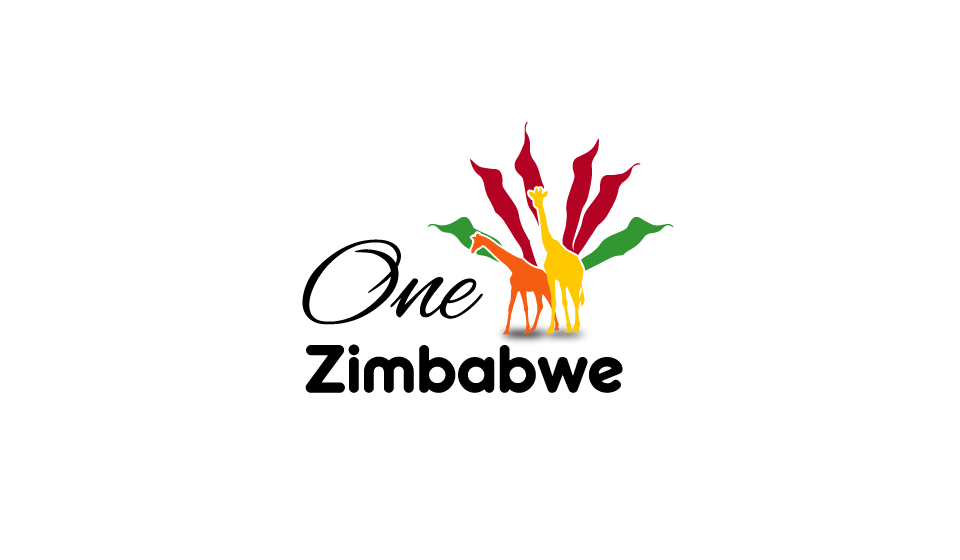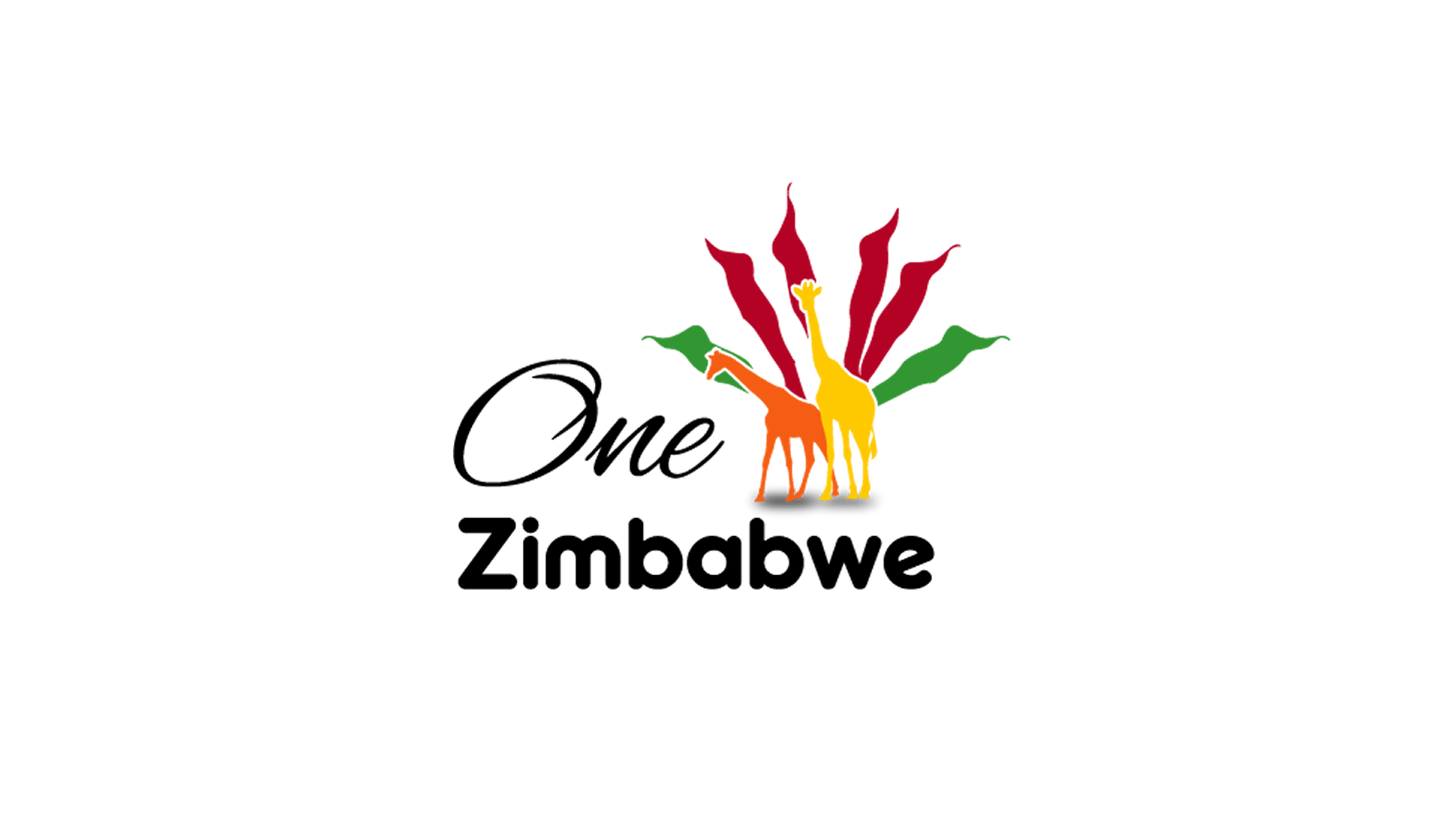Mutare
The “Gateway to The Eastern Highlands” or more popularly known as Mutare is the provincial capital of the Manicaland province which is in the eastern part of the country of Zimbabwe. Mutare or “Utare” which is a word meaning “piece of metal” because of the discovery of gold in the Penhalonga valley is 266 kilometres from Harare, Zimbabwe’s capital city. “Umtali” was its colonial name until 1982 after Zimbabwe gained its independence and it currently has an estimated urban population of over 188000 and a rural population of 260000 inhabitants.
Mutare is 8 kilometres from the border between Zimbabwe and Mozambique. It was founded in the year 1897 as a fort and soon became known as “Zimbabwe’s Gateway to The Sea” because of its 290-kilometre distance from the Mozambican port of Beira. Originally located at Fort Hill which is believed to have been one of Zimbabwe’s chiefs kraals (chief Mutasa) Mutare moved to Old Mutare, 14 kilometres south of Fort Hill. This was mainly due to health concerns and mining activities which were not conducive for permanent human settlement. 1896 saw the construction of a railway between Zimbabwe’s second largest city Bulawayo and Mozambique’s port city of Beira which led to the city being moved once more in order to be closer to the railway line. From January 26 1897 to May 23 1921 Mutare had Zimbabwe’s only tramway which took people from the Railway station to the Mutare club but it has now been replaced by palm trees that can now be seen on Main Street. On the 11th of June 1914, the city was granted municipal status and in 1971 it was granted city status. Mutare has two sister cities which are Portland, Oregon in the United States of America and Haarlem, Netherlands.
Referred to as “Kumakomoyo” which is loosely translated as “place of many mountains” Mutare is located in Imbeza valley and is north of the famous Bvumba Mountains. The late 1890s brought about an increase in mining activities which necessitated the building of the Stock Exchange which flourished until 1924 when the market declined and since then it has become what it known as the Mutare Club. In the year 1900 the Adams Hotel was constructed and eventually became the Umtali Club, whose building still stands to this day which reflects the long history of colonial era architecture. Mutare’s economy is sustained by activities such as mining, forestry and citrus farming and two of Zimbabwe’s largest food producers namely Zimbabwe Cairns Foods and Tanganda Tea have their headquarters in the city. The racial makeup of Mutare consists of the majority African populace, Asians, Coloured and white people and the main languages spoken are English and the predominant Shona.
A number of things can be done by vacationers visiting the city of Mutare. People can visit the Mutare Museum established in 1954 which is one of the four museums in the country and showcases anthropological and zoological displays and is also called Zimbabwe’s official ‘Transport Museum’ housing an impressive collection of vintage cars and artifacts. There is also the Utopia House Museum which is dedicated to Kingsley Fairbridge who was the founder of the Faibridge society. The Portuguese Recreation Club is also a place of interest and dates back to the 1950s which used to serve the Portuguese/Mozambican residents and is now famous for being the best place to get a great tasting peri peri chicken meal. Legion’s Club and Café 1 Eleven are also some of the places where one can eat when staying in this city.
Zimbabwe has breath-taking scenery and the Vumba Mountains outside Mutare are no exception. Located 32 kilometres outside Mutare is the Vumba Botanical Gardens which were formerly known as Manchester Park and have attracted visitors since before World War II. This 159 hectare park is built around perennial streams forming a small lake. Visitors can enjoy sheltered nature walks between vast, lush greenery including exquisite flora such as hydrangeas, azaleas, lilies, aloes and a superfluity of other species. Birdwatchers will certainly enjoy being in this part of the country as it attracts a variety of indigenous bird species which make for a pleasurable nature experience. There are also several self-catering lodges caravan sites and camping facilities available which provide gorgeous panoramic views of the mountainous Vumba area. Safari lovers can enjoy going on a trip to the Cecil Kop Wildlife and Nature Reserve which is just 2 kilometres outside Mutare. It is home to many species of animal such as monkeys, elephants, giraffes, zebras and antelope. For an exceptional hotel experience one can go to Leopard Rock Hotel which has activities such as horse riding, swimming, golf and tennis. In order to get around, one would have to drive or hire a car which can be accessed through local tour operators or car hire companies and affordable prices.

